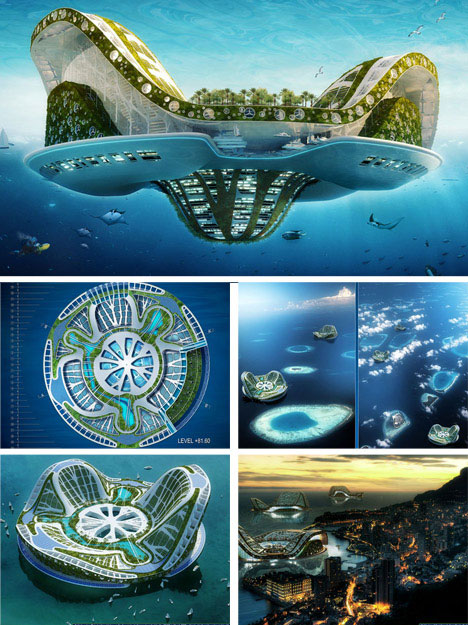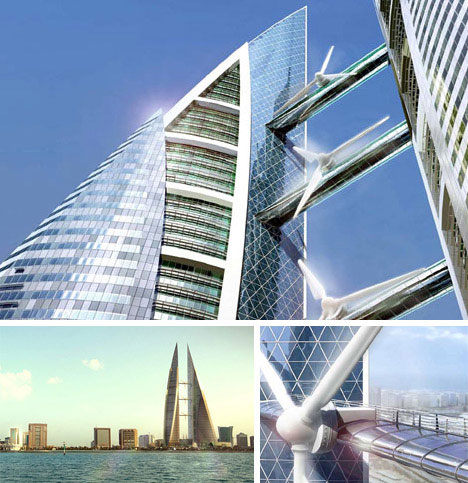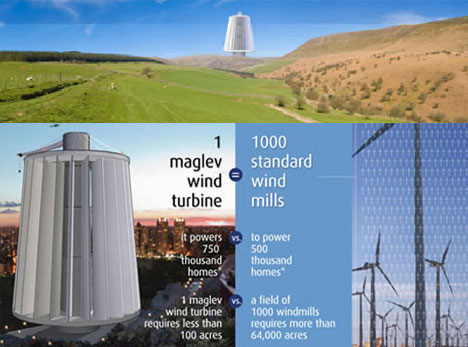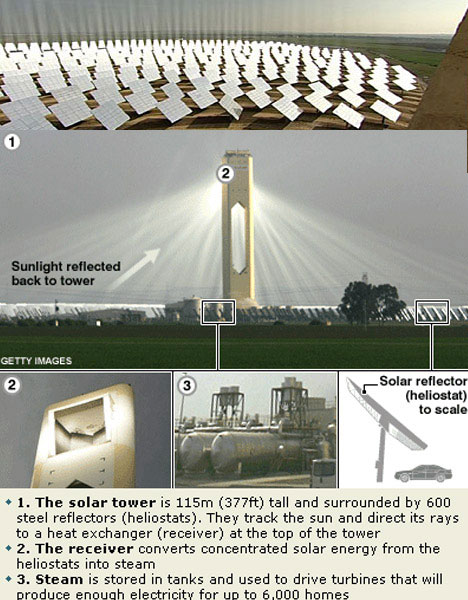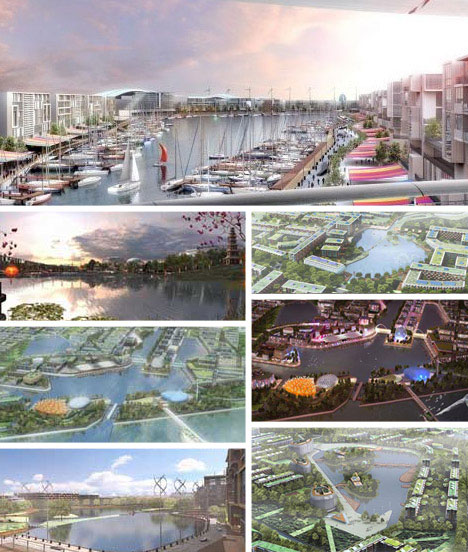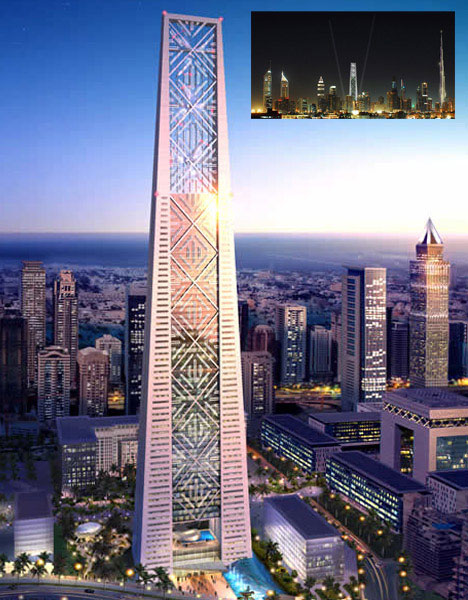Every age has its giants, but when the world moved into the 20th century, architecture reached new heights. From soaring skyscrapers to dramatic innovations in engineering and design, the modern era transformed the way we think about building. Here are some of the most revolutionary buildings constructed during the past 100 years, according to our readers. What do you think?
1905 to 1910 : Casa Mila Barcelona
Spanish architect Antoni Gaudi defied rigid geometry when he designed Casa Mila Barcelona. Casa Mila Barcelona is an apartment building with a fanciful aura. Wavy walls seem to undulate and a comical array of chimney stacks dance across the roof. "The straight line belongs to men, the curved one to God," Gaudi asserted.
1913 : Grand Central, New York
Designed by architects Reed and Stern and Warren and Wetmore, the $43 million dollar Grand Central terminal building in New York City featured lavish marble work and a domed ceiling with 2,500 twinkling stars.
1930 : The Chrysler Building, New York
Architect William Van Alen lavished the 77-story Chrysler Building with automotive ornaments and classic art deco zigzags. Soaring 319 meters / 1,046 feet, the Chrysler Building was the tallest building in the world... for a few months.
1931 : Empire State Building, New York
When it was built, the Empire State Building in New York City broke world records for building height. Reaching a height of 381 meters / 1,250 feet, it rose above the Chrysler Building. Even today, the Empire State Building is nothing to sneeze at, ranking within the top 10 for building height. The designers were architects Shreve, Lamb and Harmon.
1935 : Fallingwater, Pennsylvania, USA
Frank Lloyd Wright fooled gravity when he designed Fallingwater. What seems to be a loose pile of concrete slabs threatens to topple from its cliff. The house is not really precarious, but visitors are still awed by the improbable structure.
1936 - 1939 : Johnson Wax Building, Wisconsin, USA
Frank Lloyd Wright redefined space with the Johnson Wax Building in Racine, Wisconsin. Inside the Johnson Wax Building, opaque layers of glass tubes admit light and create the illusion of openness. "Interior space comes free," Wright said of his masterpiece. Wright also designed the original furniture for the building. Some chairs had only three legs, and would tip over if a forgetful secretary did not sit with correct posture.
1946 - 1950 : Farnsworth House, Illinois
Hovering in a green landscape, the Farnsworth House by Ludwig Mies van der Rohe is often celebrated as his most perfect expression of the International Style. All the exterior walls are glass.
1957 - 1973 : Sydney Opera House, Australia
Jorn Utzon broke the rules with his modern expressionist Sidney Opera House in Australia. Overlooking the harbor, the Opera House is a freestanding sculpture of spherical roofs and curved shapes. A scandalous political affair forced architect John Utzon to withdraw from the project in 1966. The Opera house was completed by other designers under the direction of Peter Hall.
1958 : The Seagram Building, New York
Ludwig Mies van der Rohe and Philip Johnson rejected "bourgeois" ornamentation when they designed the Seagram Building in New York City. A shimmering tower of glass and bronze, the Seagram Building is both classical and stark. Metallic beams emphasize the height of the 38-story skyscraper, while a base of granite pillars leads to horizontal bands of bronze plating and bronze-tinted glass.
1970 - 1977 : World Trade Center Twin Towers (Demolished by terrorist attacks)
Designed by Minoru Yamasaki, New York's World Trade consisted of two 110-story buildings (known as the "Twin Towers") and five smaller buildings. Soaring above the New York skyline, the Twin Towers were among the tallest buildings in the world. When the buildings were constructed, their design was often criticized, but in the aftermath of their destruction, they became a valuable part of America's cultural heritage.























